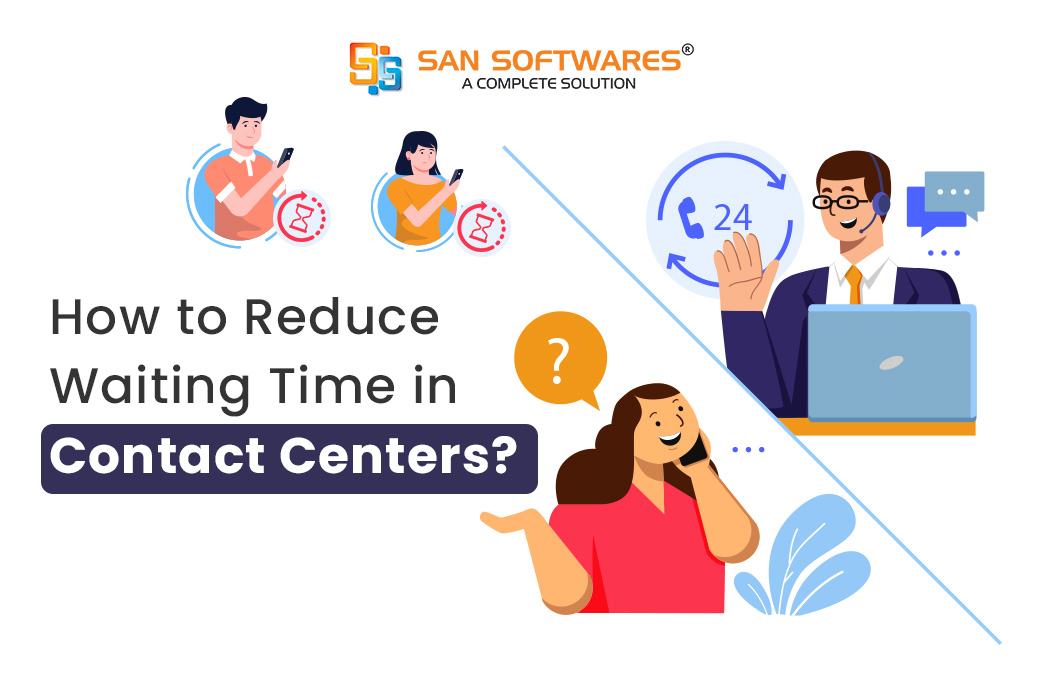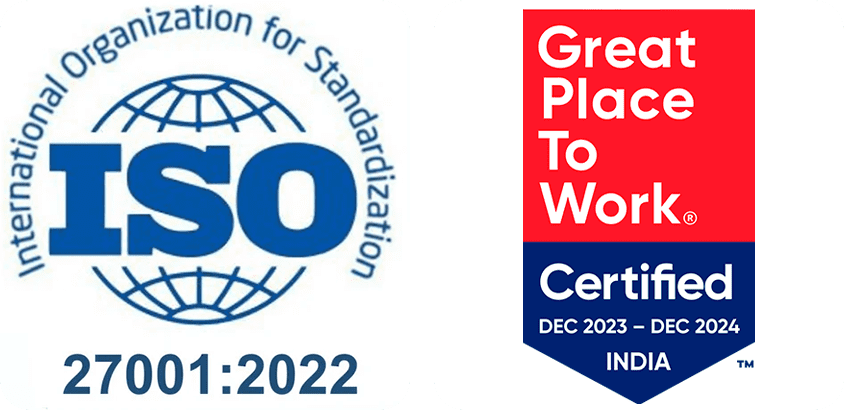Discover How AI is Revolutionizing Journey & CX in Sales & Support
Limited Seats!

The world is functioning at a faster pace everyday. It’s where customers’ expectations are soaring more than ever, reducing the average wait times in call centres is crucial if we connect the thread to the world of business. It’s crucial for customer satisfaction and loyalty. Long wait times can lead to dissatisfaction and frustration among customers, impacting brand reputation and customer retention.
Average wait time (AWT) in call centres refers to the average amount of time customers spend waiting in the queue before their calls are answered by an agent. It is a critical metric that directly impacts customer experience. By minimising AWT, call centres can improve service levels and enhance overall efficiency mostly with the help of calling software for call centres.
Here Are Some Smart Tips to Reduce Your Average Wait Time in Call Centres:
Call routing must be done efficiently in order to minimise wait time. Optimising call routing strategies is one of the smart tips to reduce your average wait time in call centres. Implementing intelligent call routing software that prioritises calls based on urgency, agent availability, issue severity etc. This makes sure that high-priority calls are handled immediately, reducing overall wait times for the customers.
The next call queue management method is implementing IVR that enables customers to go through the common menu. This self-service option helps the customer to choose the most suitable category before directly speaking to an agent. This aligns call traffic of the customers, reducing average wait time. It also directs customers to the most appropriate agent, as a result providing faster resolution with minimum wait time.
The next smart tip to reduce your average wait time in call centres is to use predictive dialers automatically. The predictive dialers dial multiple numbers simultaneously based on predictive algorithms that analyse agent availability and call patterns. By connecting agents to answered calls immediately, predictive dialers help reduce idle time and decrease overall wait times for incoming calls.
Implementing a call back option allows customers to request a return call from an agent instead of waiting in the queue. This feature not only enhances customer convenience but also reduces perceived wait times as customers can attend to other tasks while waiting for their callback.
Some of the most basic yet essential call queue management methods that are crucial for optimising wait times and improving customer satisfaction are as follows:
Live call monitoring features must be implemented. If any live call queues in real-time is identified then it can be immediately redistributed and it will help to prevent long wait times.
One of the hacks to prevent customers from getting frustrated is to inform customers about their estimated wait times. The queue position updates or simply any automated notifications about the estimated time of wait can relieve the customer of indefinite wait. Transparency is very helpful in managing expectations and reduces frustration.
Route calls to agents based on their skills and expertise to ensure customers are connected to the most qualified agents promptly.
Executing these smart recommendations and strategies can help call centres achieve significant reductions in average wait times, ultimately leading to improved customer experiences and higher retention rates. By prioritising efficiency, utilising advanced technology, and focusing on continuous improvement, call centres can meet and exceed customer expectations in today’s competitive landscape.

SAN Softwares is a company dedicated to providing complete software solutions to Corporate and end-user customers.
